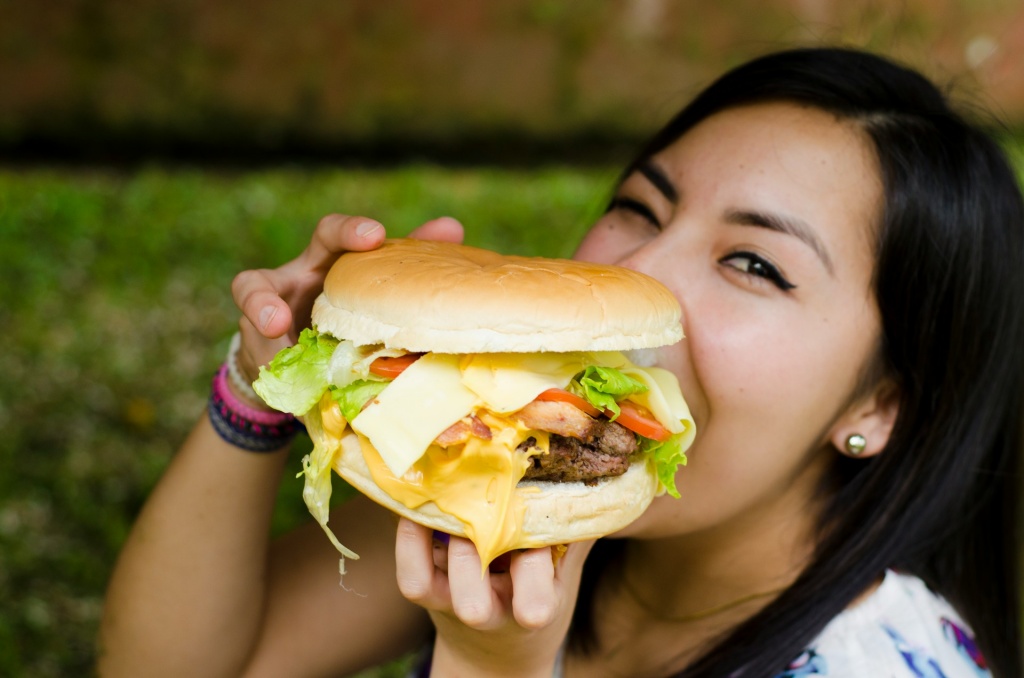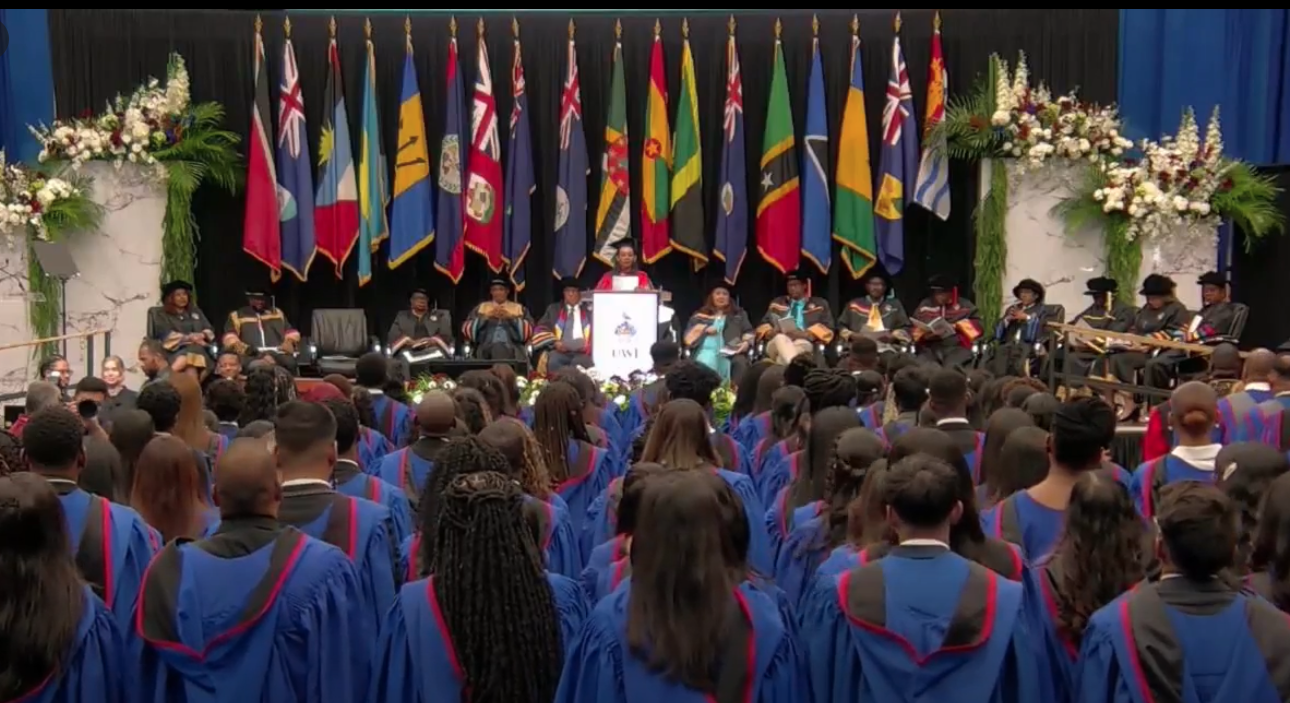It’s a struggle deciding what to write about every week. Often, so many issues seem to be competing for attention: pick me! pick me!
Sometimes, when things around us seem too dreary and dismal, the instinct is to trudge away seeking a happier, lighter place to alight upon. There’s no denying that we are in a collective funk. Maybe this is a way of avoiding emotional overload.

I recalled this YouTube video I saw recently on making bammy—the Jamaican cassava flatbread which I’d found so delicious when I had it there, maybe 10 years ago.
I’d had it both steamed and fried, served with escovitch fish, and couldn’t decide which I preferred. Anyway, during one of my many bouts of culinary curiosity, I tried to make it. It was not bad at all, but it was a precious amount of work, and I figured I wouldn’t do it again.
As I was trying to pick my way to a happy place, it occurred to me how much cooking and writing about food really take me there. And so, this bammy video came to mind, because as I was looking at it, I realised how many ways I had made it harder on myself because I was following the techniques of the recipe too rigidly.
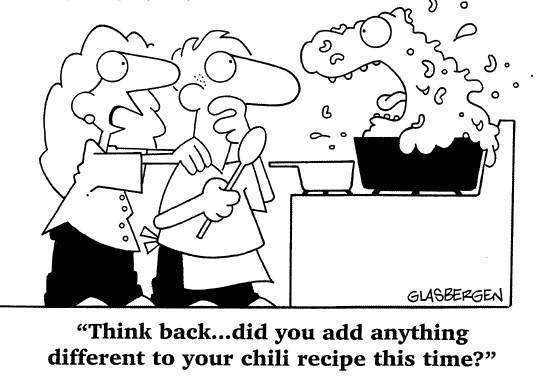
One of the things experience and mishaps has taught, is that you have to be able to adapt, to improvise. You may not have the recommended utensils, but if you understand the concept of what you are trying to achieve—should it be gently simmered, or somewhat seared—it helps to guide you.
I struggled to do these bammies because I was fixated on copying the small, circular shape. I tried several different molds, even cookie cutters, and it took a very long time to carefully place everything into these contraptions.
This time, the guy just put the grated cassava mixture directly into the skillet, pressed it down gently and then flipped it after a few minutes. I had to laugh at myself. All it took was cutting it into quarters afterwards. Ah, the joys of cooking.
I’ve promised myself that soon I will get myself into a bammy mood; just as I have been in a breadfruit state of mind. I suppose there is an instinctive fascination with these foods that have ancient roots. Bammy is said to have been a staple in the Jamaican Taino diet.
I have always been intrigued by the way indigenous people found ways to process the bitter cassava with its toxic properties into a food consumed by millions globally.
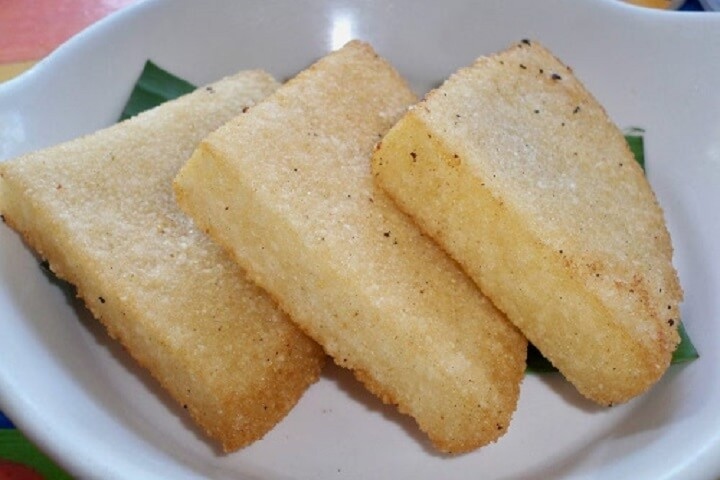
We know various versions of the African fufu. We eat cassava boiled, fried and mashed. And of course the extract, casareep, is the famous ingredient in the Guyanese pepperpot.
Breadfruit too, has a long history in the Caribbean, being brought to these parts as cheap, sustainable slave food. It did not find favour at first, but eventually it found its way as a delicious addition to regional cuisine.
These foods make me think of ancient civilisations, of a world where discoveries were being made, maybe daily. Can you imagine what it must have meant to one day find garlic and onions growing wild?
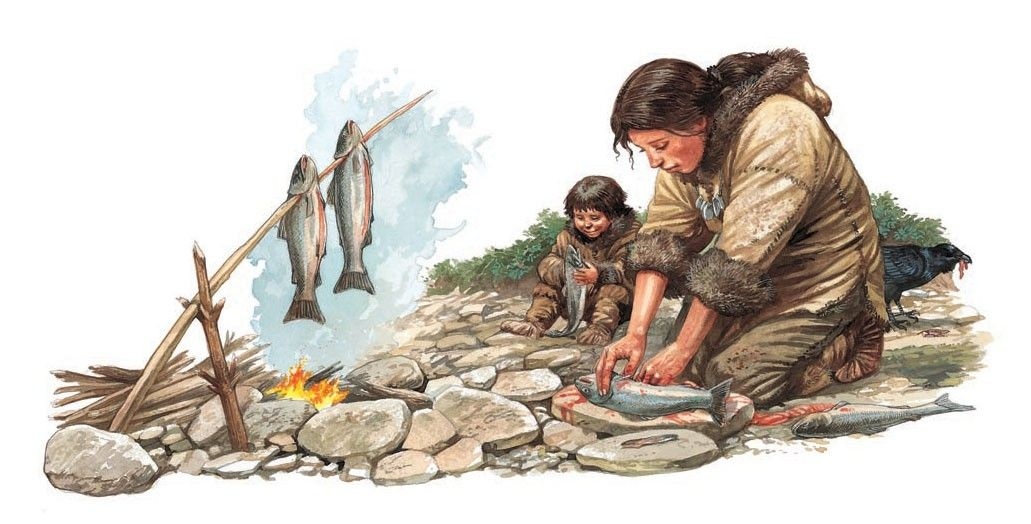
Cooking can be tedious, even if you like doing it. I am grateful that I do not have to feed a family every day. I cook only when the vaps hits me, and then I really get into it.
When I have bitten off more than I can chew, and exhaustion sets in from the grandiose plans I ambitiously laid out for myself, I give myself a mental boost by imagining the origins of the ingredients. Then, I feel privileged to be able to experience them centuries after our ancestors’ first encounter.
It might seem eccentric (and yes, I know I am an oddball), but to remind myself of these elements makes me feel keenly aware of my little dot of a self, existing on this planet as a descendant of the tribes that once walked this earth. And to appreciate the sustenance we have been granted by the generosity of nature.
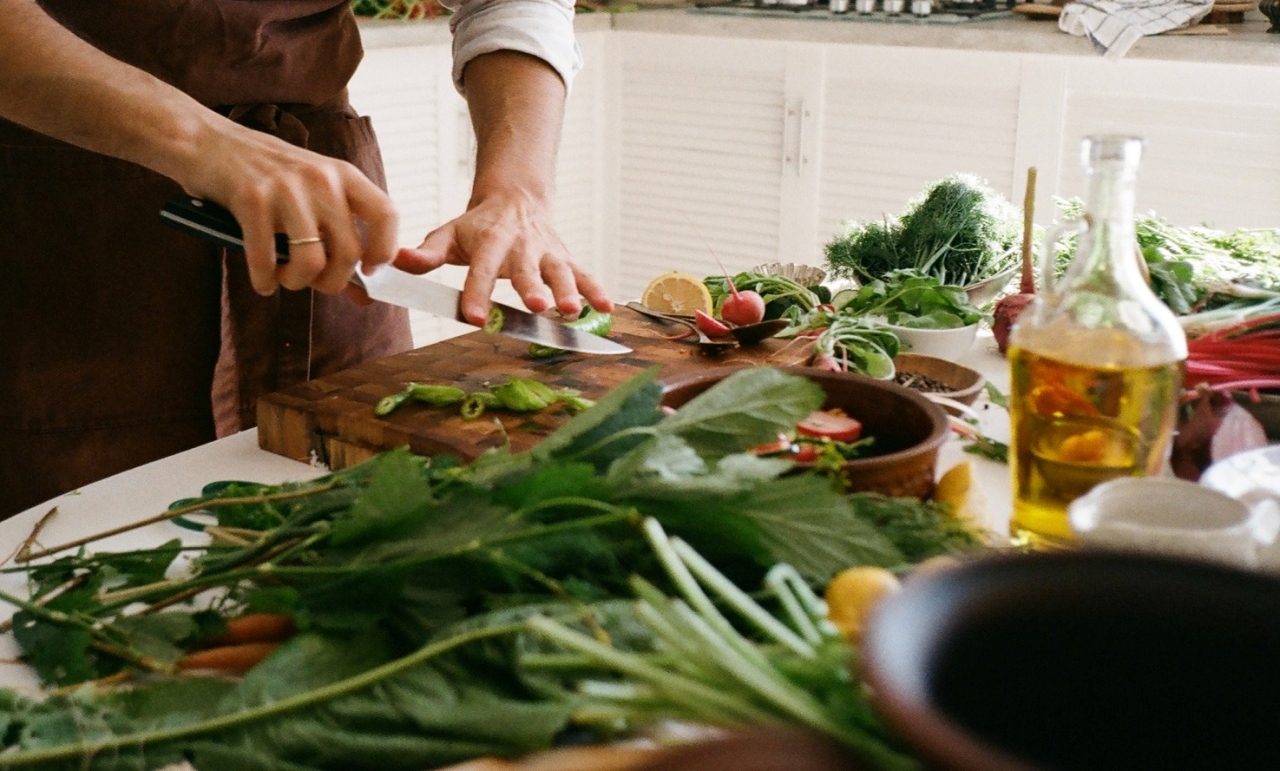
The other day, I read an article about the unhealthy aspects of food colouring. Then I saw another reporting that scientists were working on less harmful (not harmless) alternatives for the food industry. I was genuinely bemused.
Why do we need to artificially colour our food? How yellow should cheese sticks be? What does the colouring do for the taste?
Yes, people eat with their eyes, but it is pure marketing that has encouraged consumers to believe that bright colours are vital. I mean we have become a planet that prefers everything with the “golden brown” appearance that comes from being breaded and fried with ketchup and mustard for contrast.
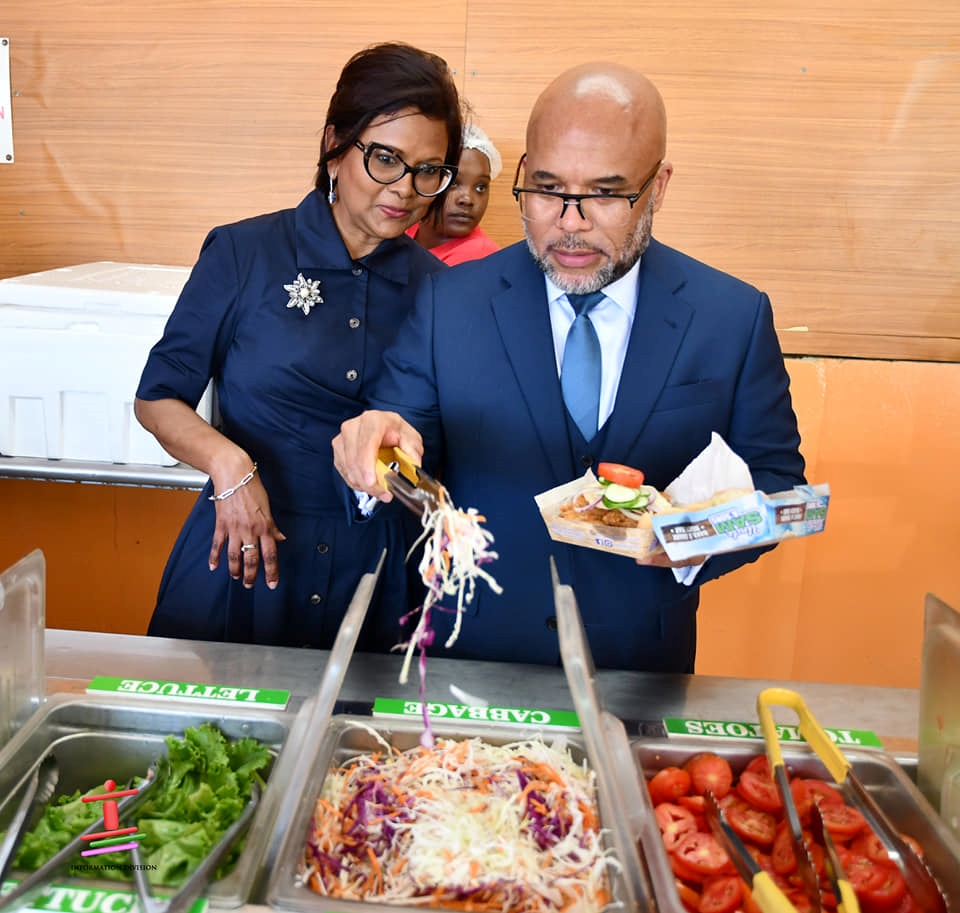
Photo: Office of the President.
When nutritionists recommend that we aim for colourful plates, how do we interpret that?
When I am planning a meal, I think in terms of protein, vegetables and starch. In that regard, breakfast to me doesn’t mean the traditional fare, for instance. My brain simply calculates along those lines.
It could be any combination—the most important criterion is if it is something at hand. I cherish the perk of being able to use the herbs in my yard to add flavour.
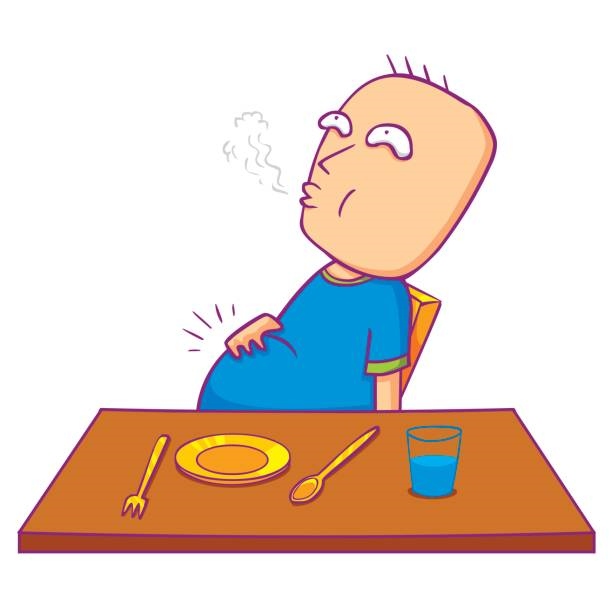
I’ve run out of space just as I was getting in the mood. I wish we could appreciate our natural bounty.

Vaneisa Baksh is a columnist with the Trinidad Express, an editor and a cricket historian. She is the author of a biography of Sir Frank Worrell.
 Wired868 Wired868 for smart sport news and opinion
Wired868 Wired868 for smart sport news and opinion





